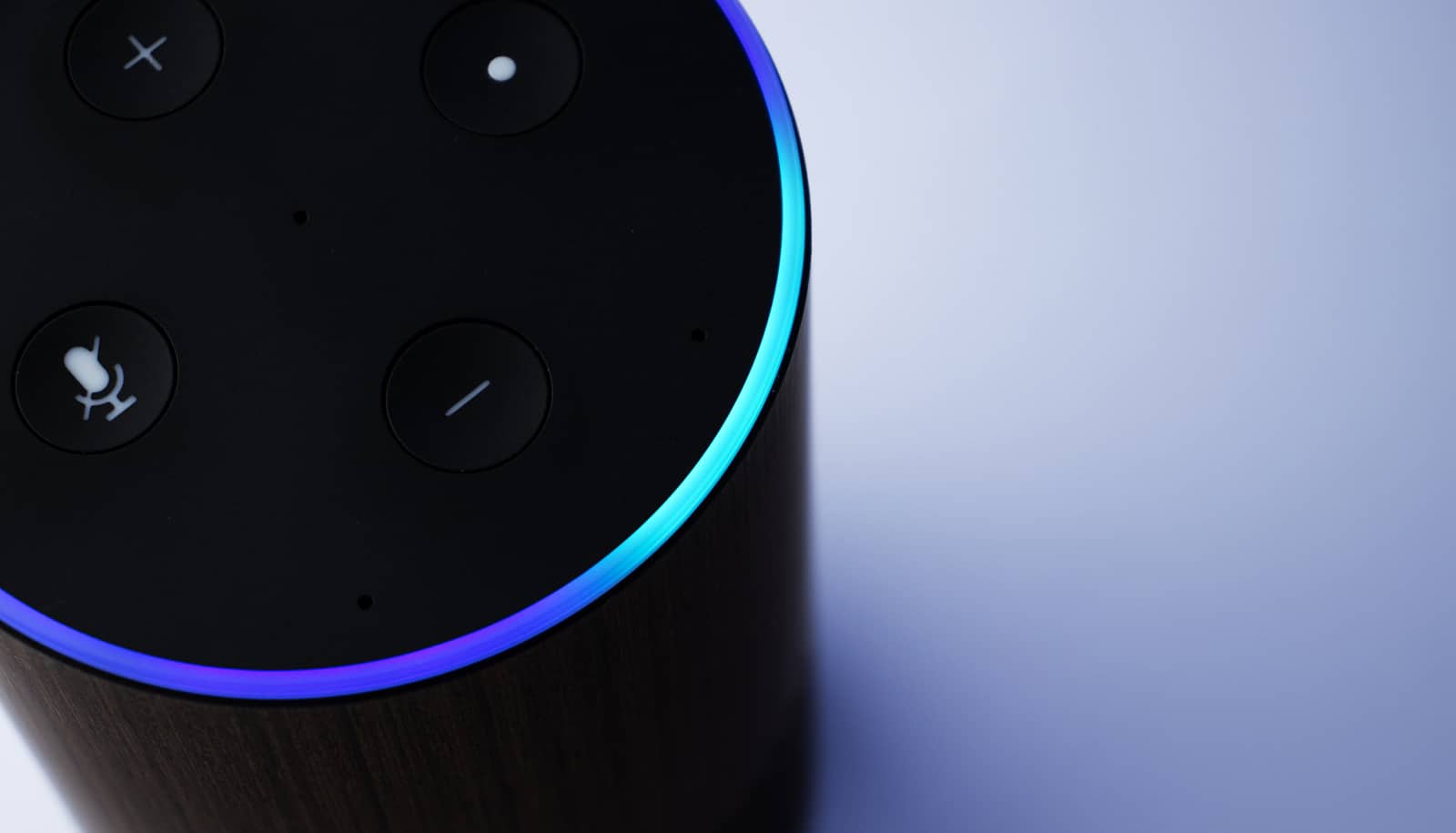
"Hearing that you should drink the pale ale beer or reading that you should drink the pale ale beer is really one and the same," says Jonathan Levav. "The fact that it leads to psychologically different experiences that are significant enough to lead to a change in behavior is not something you would expect." (Credit: Getty Images )
Audio product recommendations may work better
In experiments, audio recommendations for products like brownies, blenders, and beer were more influential than textual ones.
Product recommendations that people hear rather than read have a greater influence on their behavior, research indicates.
In the spring of 2018, Shwetha Mariadassou and Chris Bechler, both graduate students at Stanford Graduate School of Business, learned that people generally perceive someone as more intelligent and competent when they convey spoken information rather than delivering the same message in writing.
As she and Bechler chatted after class, Mariadassou recalls, “We wondered, ‘What would happen if you apply this to recommendations?'” Would hearing a recommendation for a product or service influence consumers’ decisions differently? Would they be more likely to buy something based on the word of a smart speaker over a website?
“Voice technology is such a fast-growing technology segment right now,” Mariadassou says. “We wanted to see what would happen when we present recommendations in both modalities.”
So Mariadassou, who is pursuing her PhD in marketing, spearheaded a research project to investigate. She believed there is “a general perception that people act on auditory and visual information the same way”—and wanted to explore this assumption.
Audio vs. text recommendations
With Bechler, now a professor at the University of Notre Dame’s Mendoza College of Business, and Stanford marketing professor Jonathan Levav, Mariadassou ran a series of studies in which participants encountered the same information in different forms, including computer-generated audio that sounded like a smart speaker . This was meant to mimic real-world situations—for instance, Siri can be programmed to “read” a blurb aloud or display it in a text.
The researchers were surprised that, across the board, auditory recommendations for products like brownies, blenders, and beer were more influential than textual ones. Their findings appear in the journal Psychological Science .
“In theory, this shouldn’t yield any difference in behavior,” Levav writes in an email. “Hearing that you should drink the pale ale beer or reading that you should drink the pale ale beer is really one and the same. The fact that it leads to psychologically different experiences that are significant enough to lead to a change in behavior is not something you would expect.”
The effect was small but strong enough to demonstrate a “consistent effect of auditory power,” Mariadassou says. It was a bit difficult to pinpoint why it was happening, however. The researchers believe the power of auditory information has to do with its ephemeral nature—”it seems like there’s this sort of fundamental need to act on information that’s going away,” she says. Bechler agrees: “When something disappears, it creates a kind of urgency to respond.”
The researchers tested this assumption in a scenario where a recommendation was delivered visually, with each word disappearing shortly after it appeared. In this case, the subjects were just as likely to follow the recommendation as when it was delivered via audio.
Artificial voices will do
These findings could have important implications for how companies try to reach customers. While many brands spend a lot to place their products at the top of visual Google search results, Mariadassou says, it might be worthwhile to focus on auditory search results, which can come through a Google Home or an Alexa speaker.
Prior academic research suggests that the source of an auditory message is important: Authentic human voices are deemed more competent and intelligent than computer-generated ones. “The reason for that is because of the paralinguistic cues in a human voice, like intonation and pitch and volume,” Mariadassou says. “These convey this uniquely human capacity for thinking and feeling.” The team found that while people considered human voices more intelligent than digital voices, they still found messages delivered by artificial voices more compelling than those put in writing.
There has been a recent push to look at “how differences in modality affect the perceptions of the speaker,” Levav notes. However, he thinks this new research “breaks ranks” with the literature “by looking at the effect on the recipient of the information.”
There are limitations to these findings, of course. The messages used in the experiments were short and simple. A longer, more complex spoken message might not hold the same weight. Also, the form of the message is just one factor that drives decision-making.
Another important factor is the time-sensitive nature of recommendations. In these experiments, subjects made decisions shortly after receiving the information. “There are very few things in psychology that last beyond the immediate context in which a stimulus occurs,” Levav says. “Here you hear something and are given a chance to act on it; the information is salient and is useful at that moment. Later on, the information is less salient, so therefore also less influential.” It is unclear whether people would make the same choice if there were more time to decide.
Regardless, Bechler says, this research can help us better understand the connection between “consuming information—whether it’s listening to a podcast or reading the newspaper—and how that relates to evaluating choices when purchasing a product or service.”
“We say, ‘Hey, you should focus on these auditory kinds of platforms.'”
Source: Hope Reese for Stanford University
The post Audio product recommendations may work better appeared first on Futurity .
Share this article:
This article uses material from the Futurity article, and is licenced under a CC BY-SA 4.0 International License. Images, videos and audio are available under their respective licenses.
Related Articles:
Scarcity marketing puts a jump in demand
Feb. 27, 2023 • futurityCustomers aren’t sold on clothing brands’ social impact
Nov. 15, 2023 • futurityLinks/images:
- https://www.futurity.org/retargeted-ads-online-shopping-2154232/
- https://www.futurity.org/trust-moods-smart-speakers-2486432-2/
- https://journals.sagepub.com/doi/full/10.1177/09567976221106349
- https://www.gsb.stanford.edu/insights/effective-recommendations-are-better-heard-seen
- https://www.futurity.org/recommendations-heard-voice-2862162-2/
- https://www.futurity.org


